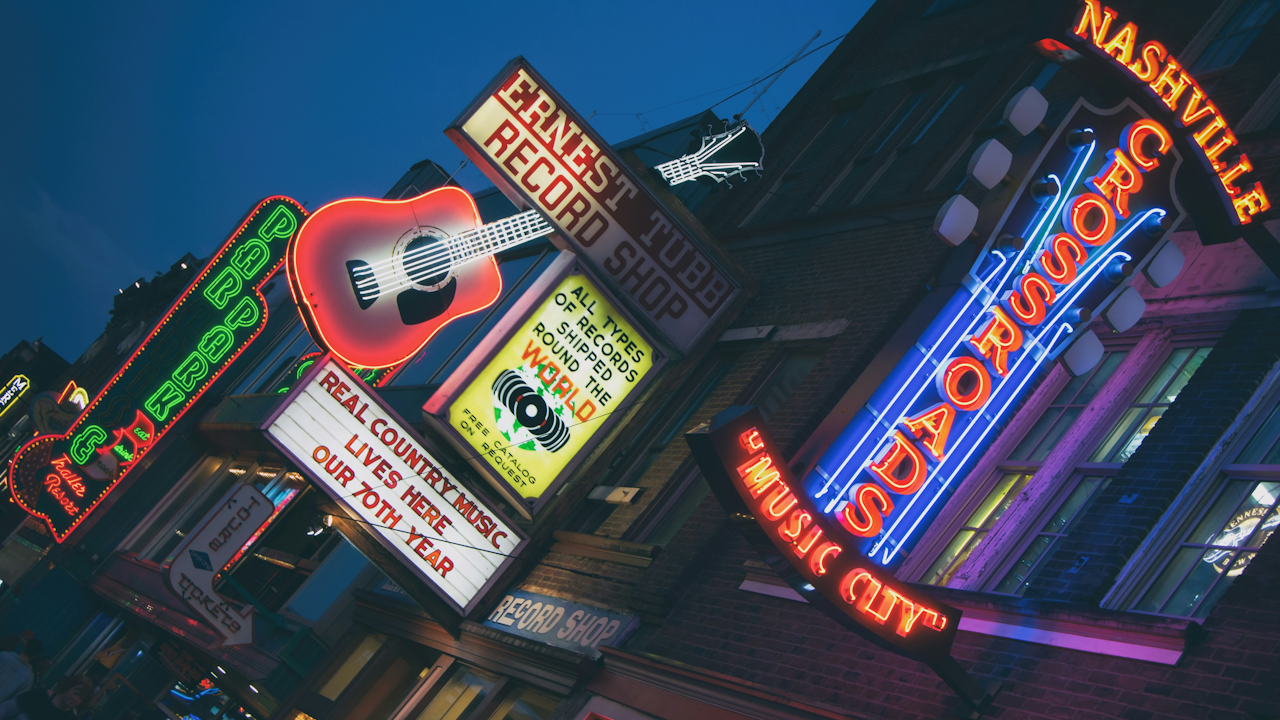In an increasingly globalized and digitally saturated world, the unique sonic identities of cities might seem to be fading. Yet, against this backdrop, local music scenes are not only surviving but thriving, experiencing a remarkable resurgence that speaks to the enduring human need for connection, creativity, and authentic cultural expression. This comeback is a testament to the resilience of communities, the passion of artists, and the evolving landscape of music consumption.
For years, the narrative surrounding local music was one of decline. The rise of major labels, the dominance of global touring acts, and more recently, the ubiquitous nature of streaming services, all contributed to a perceived erosion of localized musical ecosystems. Streaming platforms, while offering unprecedented access to a vast catalog of music from around the world, paradoxically created an environment where listeners might be less inclined to seek out nascent talent in their own backyards. The financial models of these platforms also often leave independent artists struggling to make a sustainable living, pushing them to seek alternative avenues for engagement and income.
However, the very forces that threatened local scenes have, in some ways, also provided the impetus for their revival. The pandemic, in particular, proved to be a surprising catalyst. With global tours halted and large venues shuttered, the focus shifted inward. Musicians, often with newfound free time and a heightened desire for connection after periods of isolation, began forming new bands and exploring local collaborations. Communities, hungry for live entertainment and a sense of shared experience, rallied around smaller, independent artists. This grassroots support fostered a renewed appreciation for intimate performances in local pubs, community centers, and DIY spaces.
The revival is not simply a return to a bygone era, but rather a reinterpretation of what a local music scene can be in the 21st century. It is characterized by a strong emphasis on community, collaboration, and a DIY ethos. In cities like Birmingham, for example, initiatives like Neighbourhdbrum have emerged, providing open jam sessions and a judgment-free zone for musicians of all backgrounds to connect and perform. These informal gatherings have fostered a sense of belonging and inspired countless artists to take to the stage, demonstrating the power of shared musical experiences to rebuild cultural vibrancy.
The role of community in this resurgence cannot be overstated. Local music scenes provide a vital space for artists to develop their craft, receive immediate feedback, and forge lasting friendships. They offer a sense of belonging, encouraging creativity and providing support in the face of adversity. For fans, these scenes offer the thrill of discovery, the chance to connect with artists on a personal level, and the opportunity to be part of something authentic and immediate. This connection often transcends mere listening, extending to active participation, whether through attending shows, buying merchandise, or engaging with artists on social media.
While streaming platforms present challenges, they also offer opportunities for local artists to reach wider audiences. Musicians are leveraging social media to promote their music, share behind-the-scenes content, and interact directly with fans. Successful local artists understand the importance of building a strong online presence to complement their live performances. Furthermore, online platforms like Bandcamp allow artists to retain a larger share of their earnings from music and merchandise sales, providing a more direct and equitable way for fans to support their favorite local acts.
Cities are increasingly recognizing the intrinsic value of vibrant music scenes, not just for cultural enrichment but also for economic impact. Live music contributes significantly to the night-time economy and can attract tourism. As a result, urban planners and policymakers are beginning to explore strategies to foster and sustain these ecosystems. This includes proactive measures like preserving cultural spaces, implementing policies to prevent artist displacement due to gentrification, and streamlining regulatory landscapes to support venues. The establishment of music advisory commissions and regional music boards can also play a crucial role in aligning top-down approaches with grassroots initiatives.
The comeback of local music scenes is a multifaceted phenomenon. It is driven by the intrinsic human desire for connection and self-expression, amplified by the unique circumstances of recent years, and sustained by the dedication of artists, venue owners, and enthusiastic communities. It highlights a shift in focus, from a purely globalized music industry to a more localized and participatory model. As cities continue to evolve, the distinctive sounds nurtured within their communities will undoubtedly play an increasingly important role in defining their cultural identity and fostering a sense of shared belonging. Supporting these local scenes through attendance, direct engagement, and advocacy is crucial to ensuring their continued growth and the flourishing of diverse musical landscapes for generations to come.

